May 12, 2023
May 12th marks the International Day of Plant Health, an occasion that calls for global recognition of the significance of plant health to our world’s ecosystems and human well-being. Plants provide us with the air we breathe, the food we eat, and the medicine we rely on. Therefore, it is crucial to protect the diversity of plant life and the various habitats that sustain them.
In this article, we focus on the flora of the Restorasi Ekosistem Riau (RER) project in Sumatra, Indonesia, which provides a sanctuary to more than 197 species of plants, some of which are endangered. RER is a large-scale conservation initiative, established in 2009, to restore degraded peatlands and forests in Sumatra, with a focus on conserving biodiversity and reducing carbon emissions. Let’s take a closer look at some of the plants that call RER their home.
Kayu Batu – Ctenolophon parvifolius (Vulnerable, VU)
Kayu Batu, meaning ‘stone wood’ in Indonesian, is a tree species that can grow up to 50 meters tall. It provides a solid timber that is often used in the frames of houses and construction.
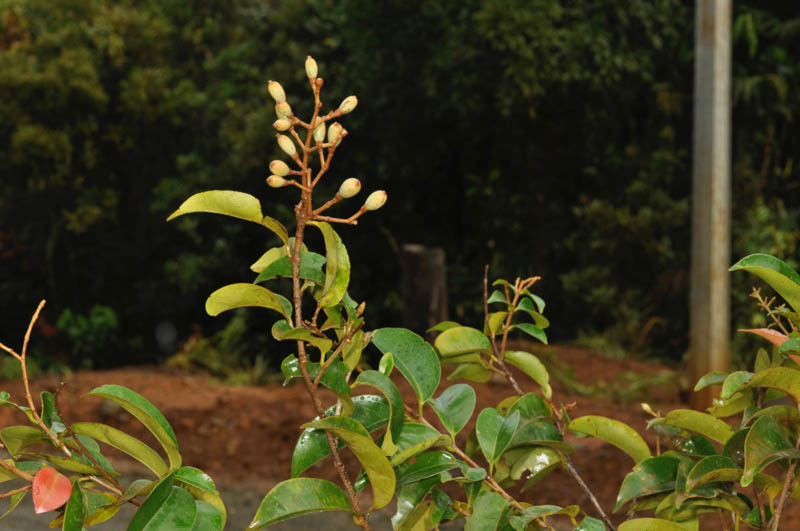
However, overexploitation has led to a decline in its population, and wild populations are also threatened by logging, fires, agriculture, mining operations, and infrastructure projects associated with deforestation. Kayu Batu can sometimes be found in logged secondary forest as a remnant of pre-disturbance, but prefers the undisturbed forests provided by RER. It is called Kayu batu because, unlike most woods, it sinks in water.
Resak Paya – Vatica teysmanniana (Critically Endangered, CR)
Resak Paya is a tree species endemic to Sumatra and Bangka that grows in lowland peat swamps and heath forests. It can live for up to 100 years and is threatened by logging for timber, pulp, and paper. According to IUCN, “in situ habitat protection should be expanded” for Resak Paya.
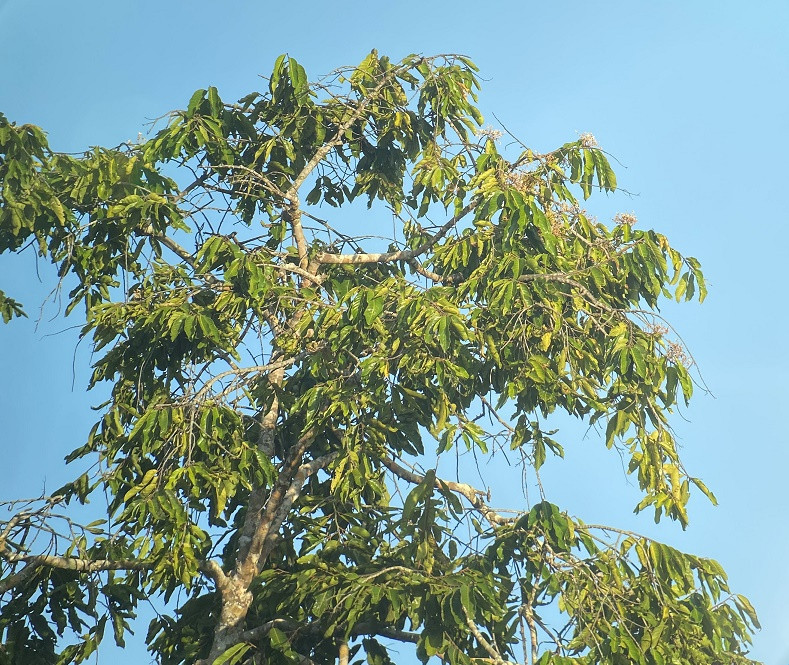
This is exactly what’s happening in RER, where our nurseries are working hard to preserve wild populations and expand their natural habitat. In Indonesia, Resak Paya is classed as a ‘heritage tree,’ which is “a large tree that grows naturally, has an extraordinary value, and is irreplaceable because of its age or history.” Through careful nurturing, RER is helping this irreplaceable species to recover in Riau.
Kantong Semar Raflesiana – Nephentes rafflesiana (Least Concern, LC)
Better known as Raffles’ pitcher plant, Nephentes rafflesiana is the rarest of three pitcher species found in RER. It is a carnivorous pitcher plant that consumes insects and small invertebrates and occurs in areas with high humidity, such as healthy peat swamp forests.
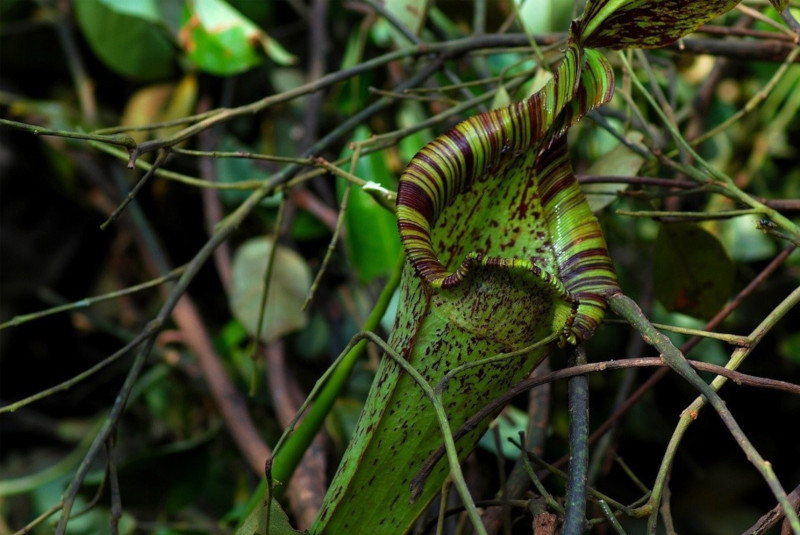
It attracts insects with sweet nectar secreted by slippery grooves along the rim of the pitcher mouth. When its prey slips inside, they land in a pool of digestive enzymes and are slowly eaten alive by the plant. Some of these carnivorous pitcher plants grow so large that they can even tackle small vertebrates, such as rats and lizards.
Anggrek Rawa – Papilionanthe hookeriana (Not Evaluated, NE)
Also known as the ‘peat orchid’ or ‘swamp orchid.’ This delicate species prefers deep, peaty soils that are regularly submerged in freshwater floods and is found in large, open bodies of water like lakes and rivers. The scientific name of this species, Papilionanthe hookeriana, meaning ‘butterfly flower,’ pays tribute to its stunning beauty.
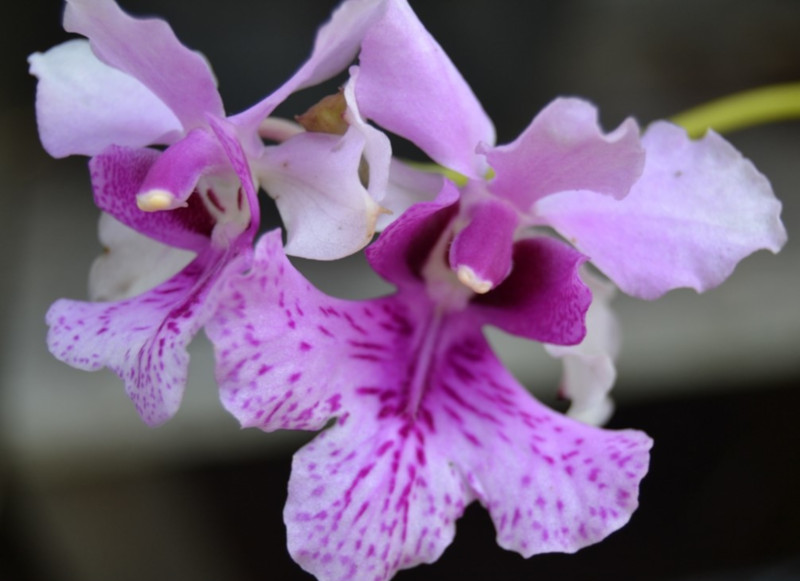
Interestingly, Papilionanthe hookeriana is also one of the parent species of the hybrid orchid ‘Vanda Miss Joaquim,’ which is the national flower of Singapore. This illustrates the importance of preserving plant diversity as it allows for new plant species to be created, providing a valuable resource for economic and cultural development.
Asam Paya – Eleiodoxa conferta (Not Evaluated, NE)
Another plant species found in RER is the Asam Paya, or Eleiodoxa conferta. This fruit is distributed widely in Sumatra, Borneo, Java, and the Philippines and prefers the low-nutrient soils found in peat forests. The fruit is not only high in fiber, potassium, vitamin C, and antioxidants but is also used in various traditional recipes in Sumatra and Malaysia.
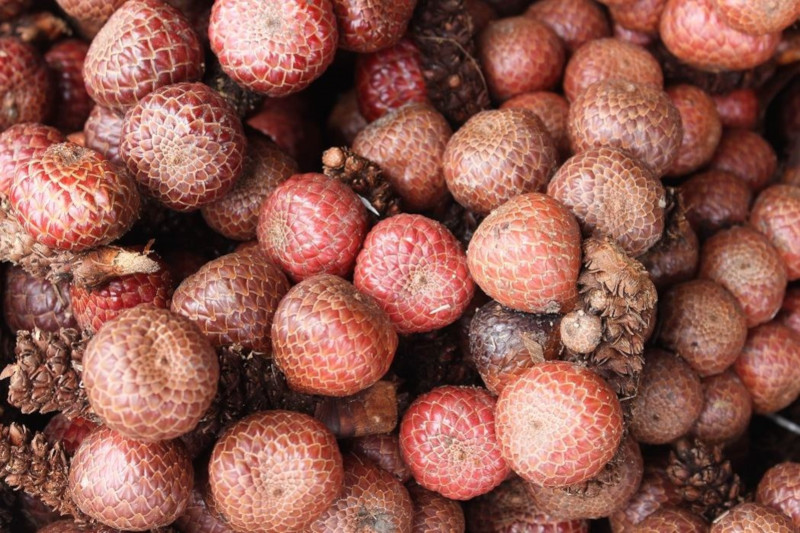
Asam Paya is also used as a herbal medicine to treat a variety of health complaints.
For the rangers working in the RER, Asam Paya fruits often provide a welcome snack during expeditions and patrols. These fruits are not only a source of sustenance but are a reminder of the incredible diversity of plant life that exists within the reserve.
On this International Day of Plant Health, let us appreciate the value of plant diversity and the critical role it plays in sustaining life on Earth. Let us also remember the importance of conservation efforts, such as those in the RER, in preserving our planet’s precious plant life for future generations to enjoy.